Word or Phrase of the Day:
(Edo) Aria isen aria isen : 1,000,000 (One Million)(1000 x 1000)
(Guosa) ó tí mà: you have known
(Edo) Eva: 2 (Two)
(Edo) Iwera: 13 (Thirteen)
(Guosa) ó tí shìhé kófà?: Have you opened the door?
(Edo) Ugie: 20 (Twenty)
(Edo) Okpa-irovb-ugie: 20 (Nineteen)(1 out of 20)
(Edo) Owo / Okpa: 1 (One)
(Edo) Ise: 5 (Five)
(Edo) Ogba: 30 (Thirty)
(Guosa) báasì, mó tí shìhé kófà: yes, I have opened the door
(Edo) Ogiẹ: Laughter
(Edo) Agiengien egbe / Ọmwan agiengiengbe: Passion
(Guosa) tí kùndé: awoke
(Guosa) jìndé: arise
(Edo) Ọmwan ẹmwanta / Ọmwenmwanta: Honesty
(Edo) Ene: 4 (Four)
(Guosa) tí jìndé: arose
(Edo) Ener-ovbu-ugie: 16 (Sixteen)(4 out of 20)
(Edo) Ekesugie: 15 (Fifteen)
The term "Edo" is ubiquitous and can be unwieldy. It refers to place, dialect, language and people. Benin-City is called 'Edo'. Individuals from the Benin Kingdom call themselves "Oviedo" or "Ovioba". The Benin Kingdom was redefined (by the British) after the restoration of the monarchy in 1914 - and limited (by the British) to the new Benin Division (composed of Binis). Its major sub-regions included Iyek-Ovia, Iyek-Orhionmwon, and Iyek-Ogba. However, traditional culture and religion as well as sentimental attachments continue to grant the Oba of Benin spiritual and temporal authority and recognition far beyond these British administrative borders. The Benin empire extended westwards all the way to Wydah in Dahomey in its heyday - along with eastern influences along the Niger (western/ riverine Igbo). When the term "Edo" is used linguistically it refers to the Bini dialect of the language. But the term "Edo speaking" covers peoples of the
old Benin, Delta and Ondo provinces as well as the Degema area of the old Rivers province. It applies to those who either speak Bini or closely related dialects as a first language.
It includes:
CORE ELEMENTS COMMON TO ALL EDO-SPEAKING PEOPLE:
a. The Village settlement is the basic political unit. Higher levels of organization include village-groups, tribes, sub-chiefdoms, chiefdoms and the kingdom itself. Villages consist of wards and patrilineal family clusters.
b. The Male population is stratified into age-grades - youths, adults and elders.
c. Kinship and lineage is patrilineal and based on primogeniture.
ELEMENTS THAT ARE NOT COMMON:
a. Differential marriage payments among Etsako and some Ishans. (Full dowry confers all the children to the husband while partial payment allows the wife's father's family to own some children)
b. Double descent system among some North-West Edos (individuals belong to both their patrilineal heritage as well as a looser matrilineal network).
c. Three-tier age grades system among Urhobo/Isoko women.
d. Multiple-tier age grade system among some northern Ivbiosakon and
North-West Edo.
e. Minor variations in political structure with different degrees of predominance of age-grades (Ivbiosakon/ North-West Edo), hereditary rulership (Bini/ Ishan) and fee-paying title associations (northern Edos and some Urhobos). Hereditary rule is also seen among some Urhobo, Isoko, Etsako, Onitsha and Aboh. Note that Benin-City in particular was exceptionally urbanized - hence the term "City".
OTHER INFLUENCES:
To varying degrees the Edo speaking people have influenced and have been influenced by Yorubas, Igaras, Igbirras, Nupes and Ibos.
NOTE: Itsekiri is a dialect of Yoruba [close to Ilaje and Ijebu]. But all their kinship terminology are Edo. Their political organization is also Edo. Their royal family is of Edo origin. Itsekiri culture and ethnography is a complex mix of Yoruba, Bini, Urhobo and Ijaw.
Source of information:
Bradbury: The Benin Kingdom and the Edo-speaking Peoples of
South-Western Nigeria. [1957] International African Institute.
RETURN
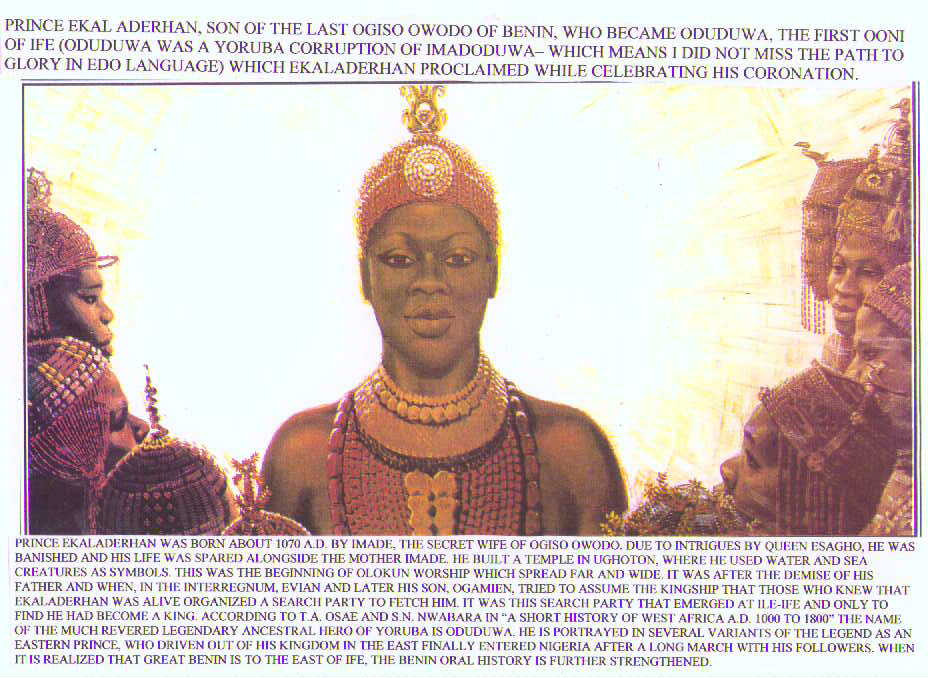
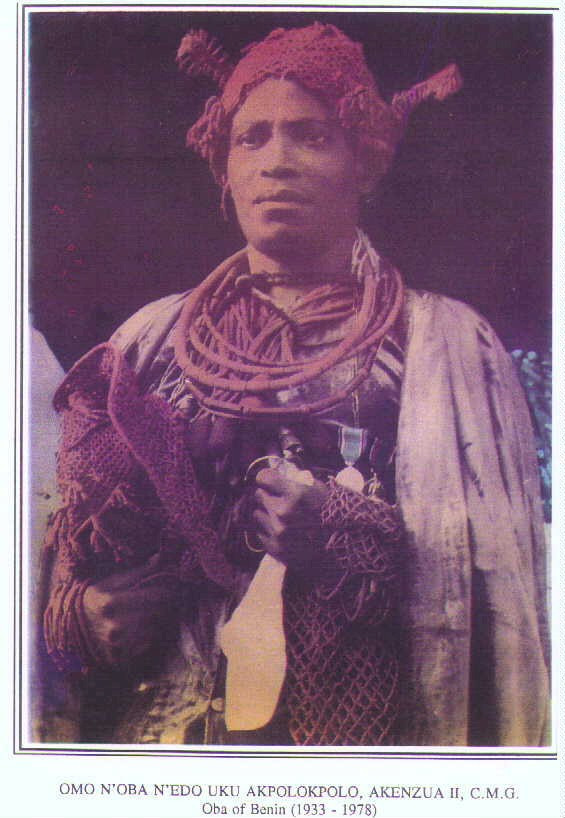
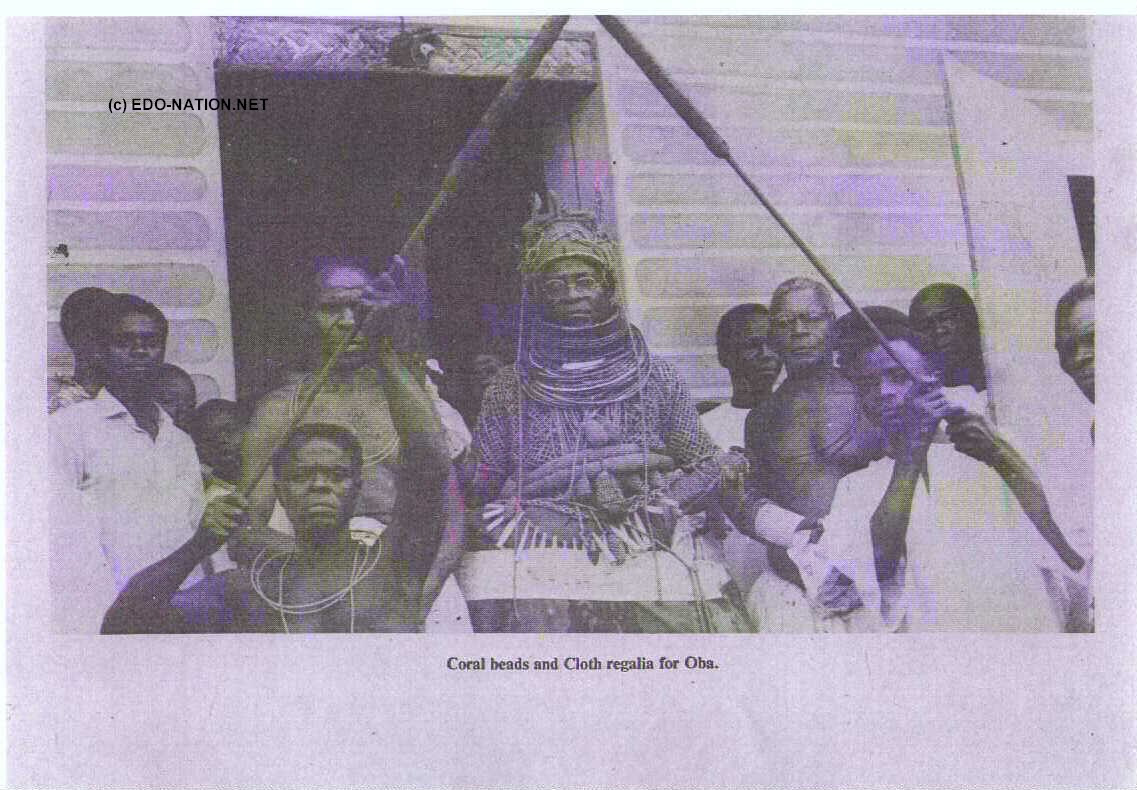
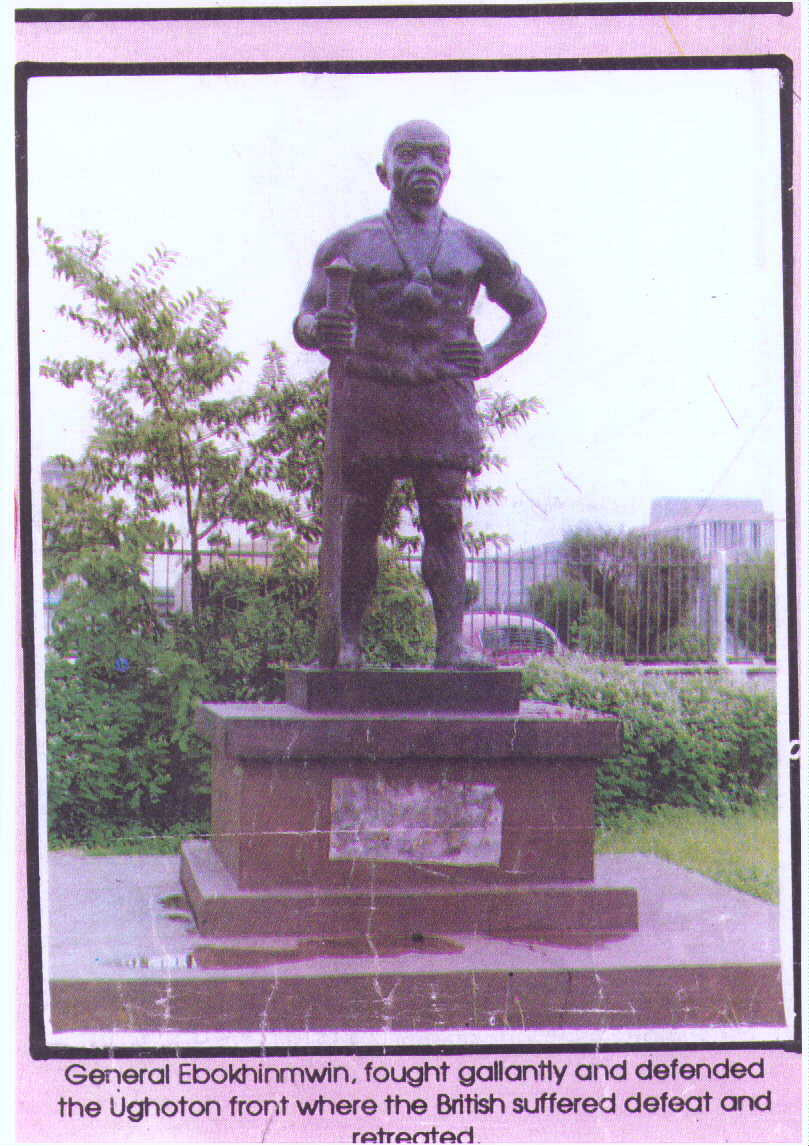
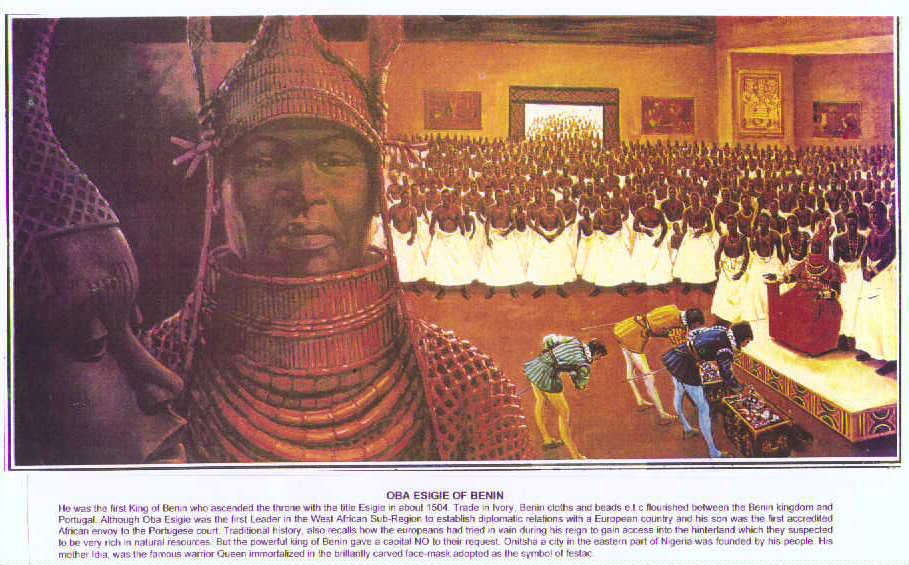
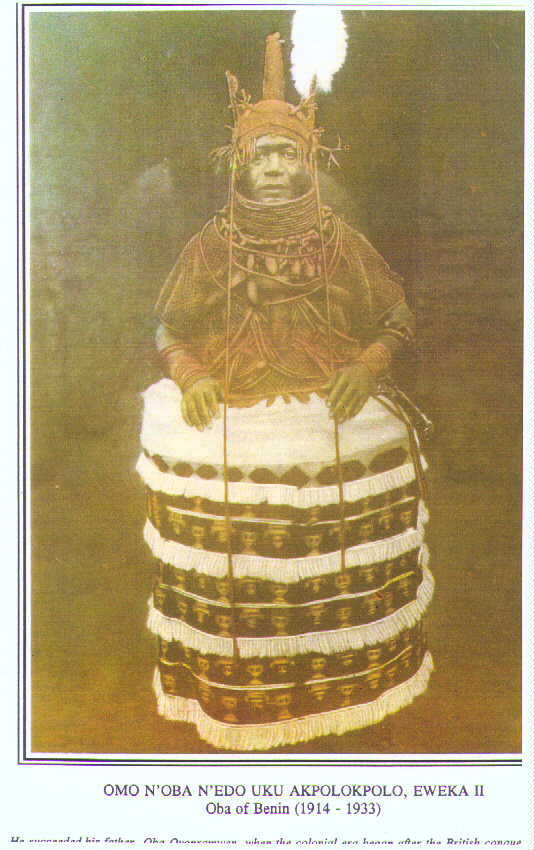
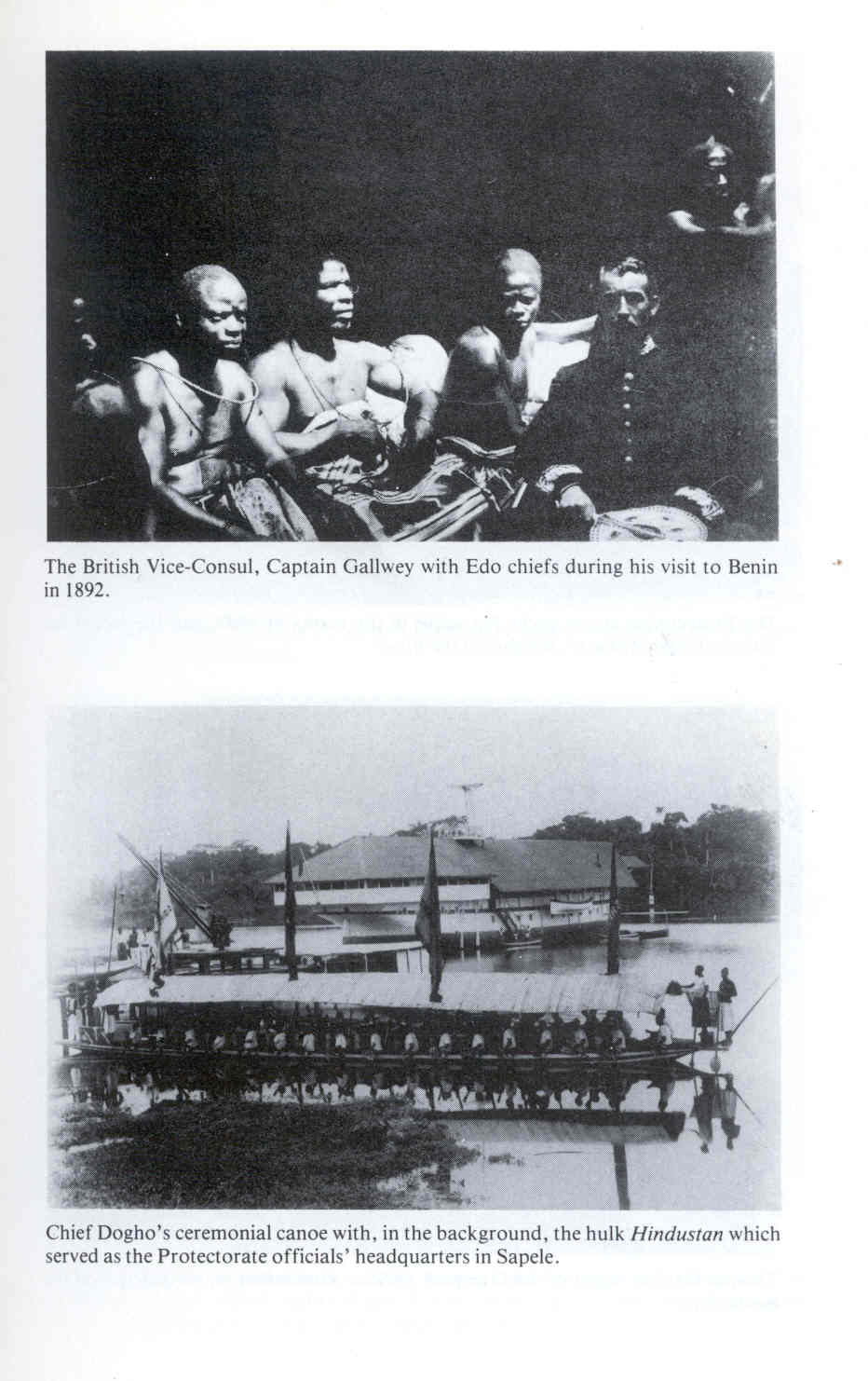
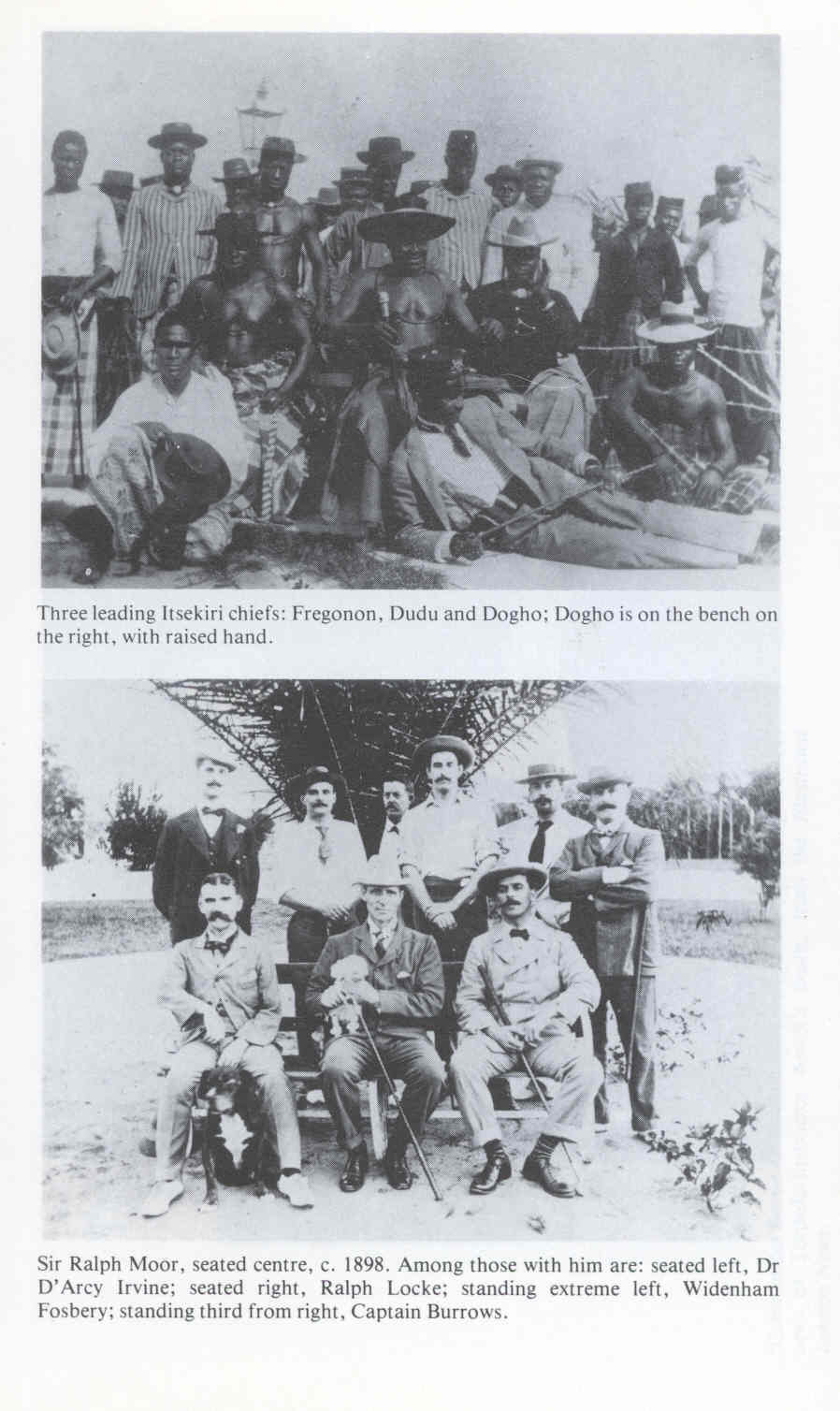


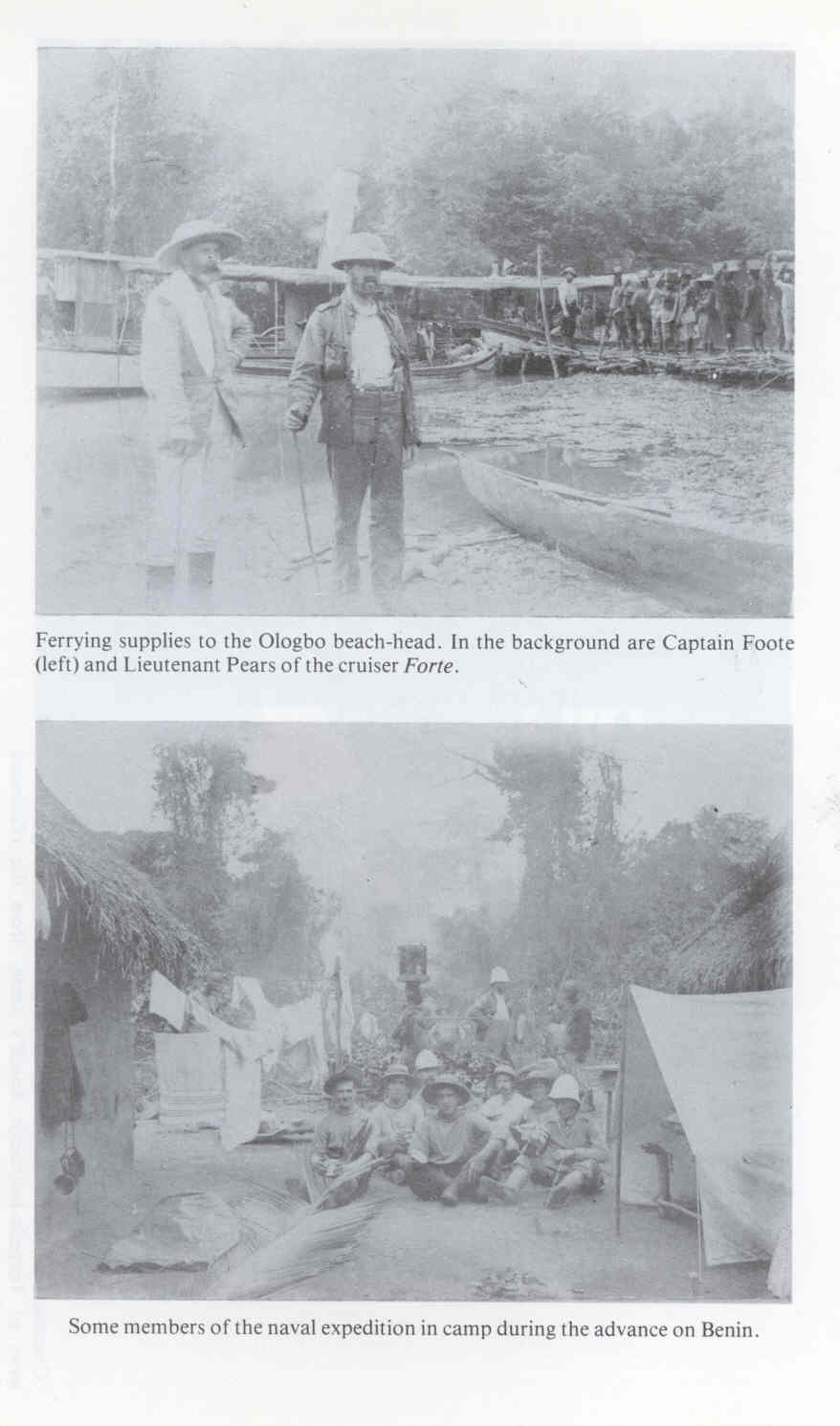
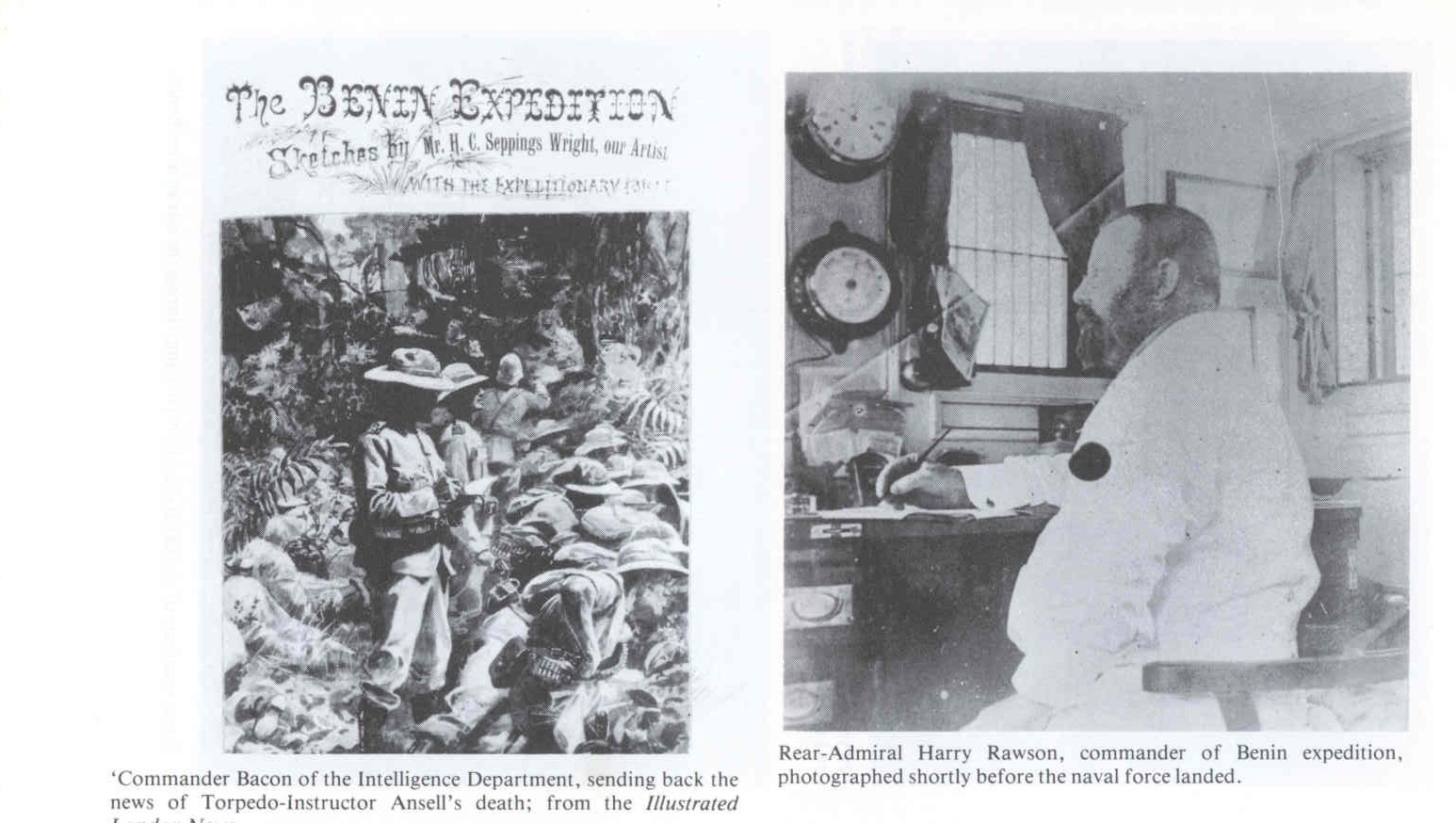
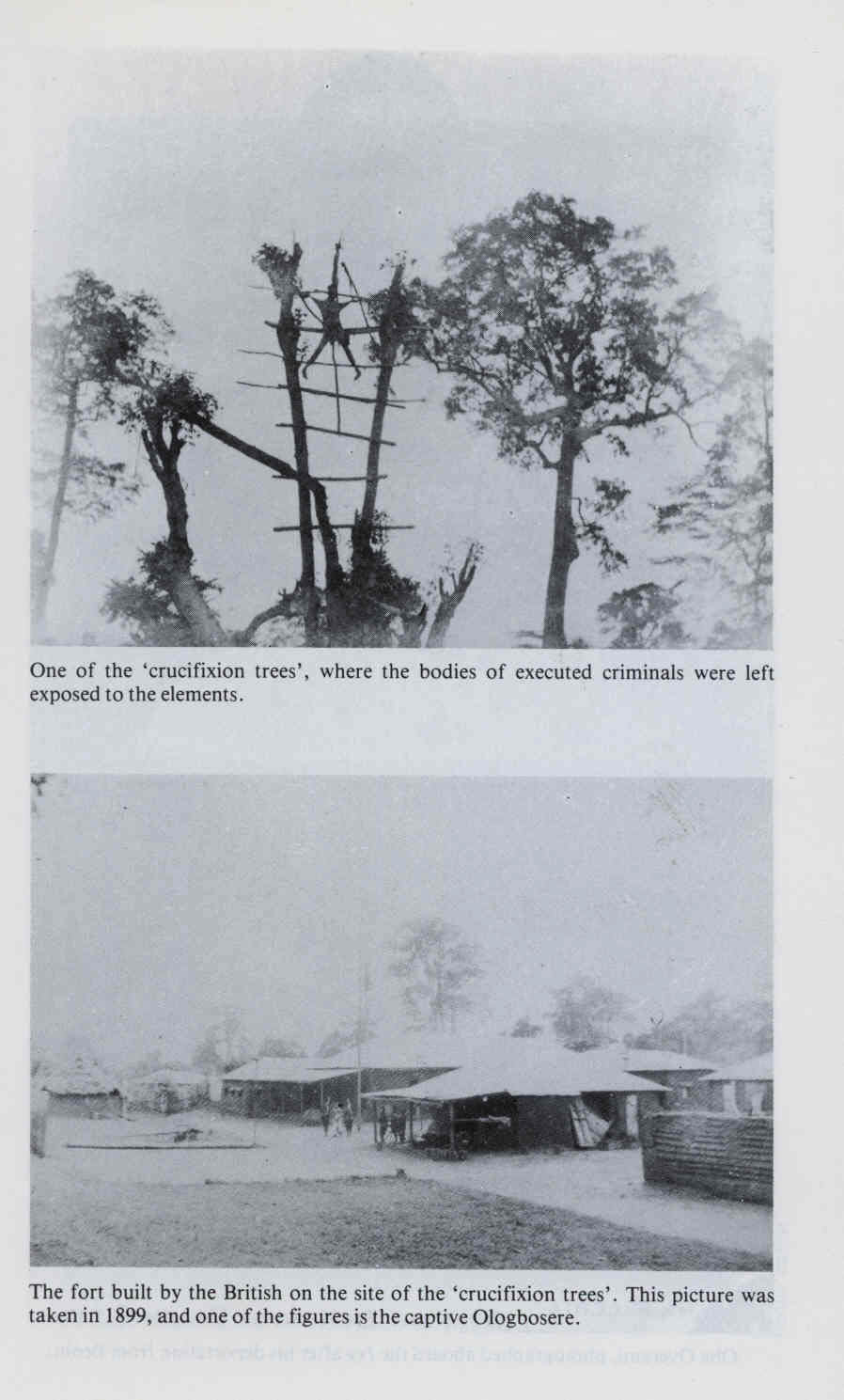
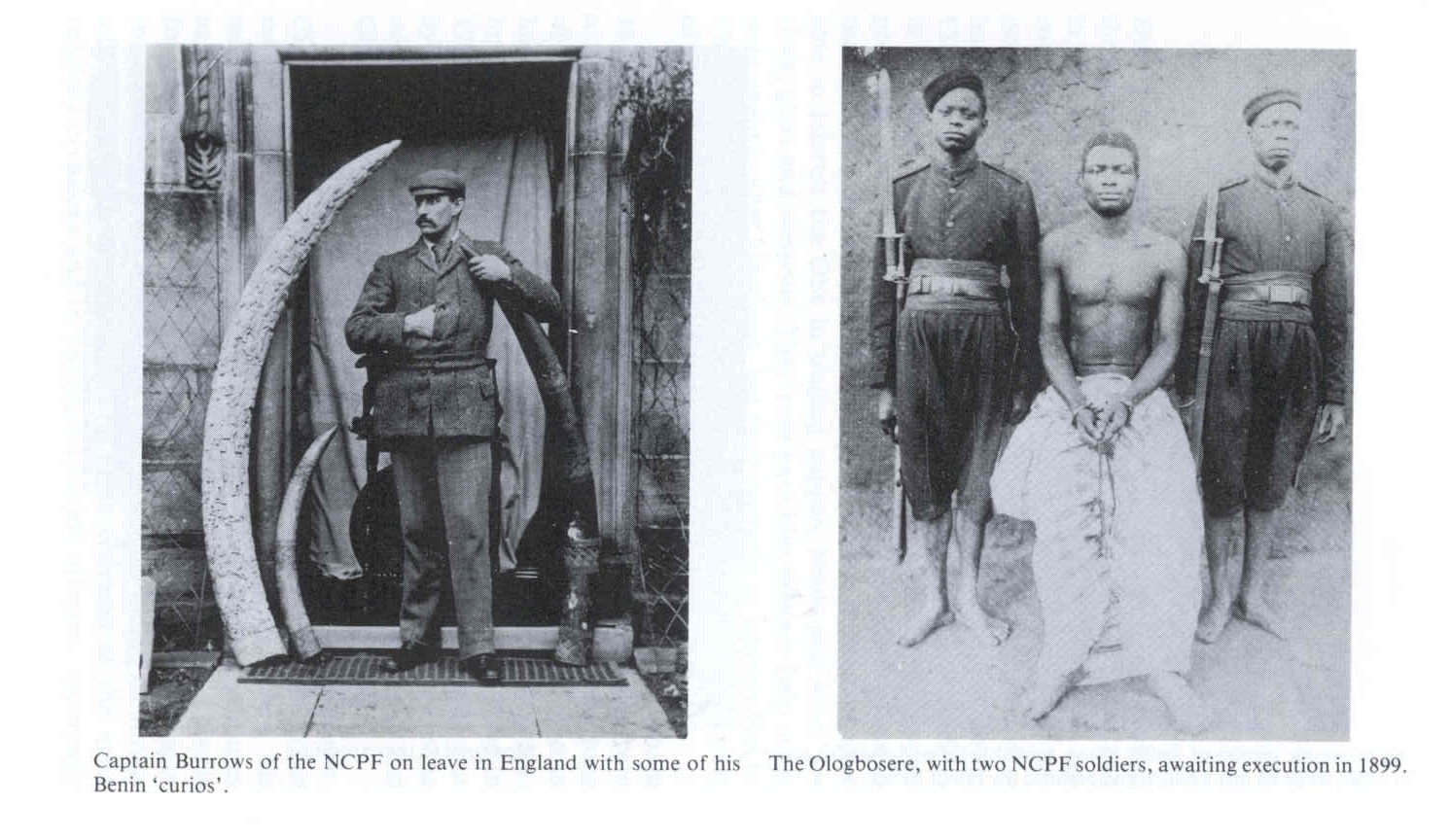
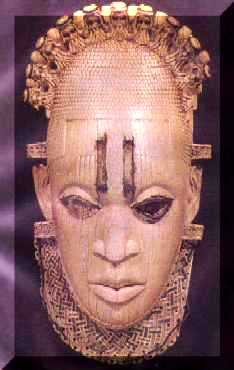

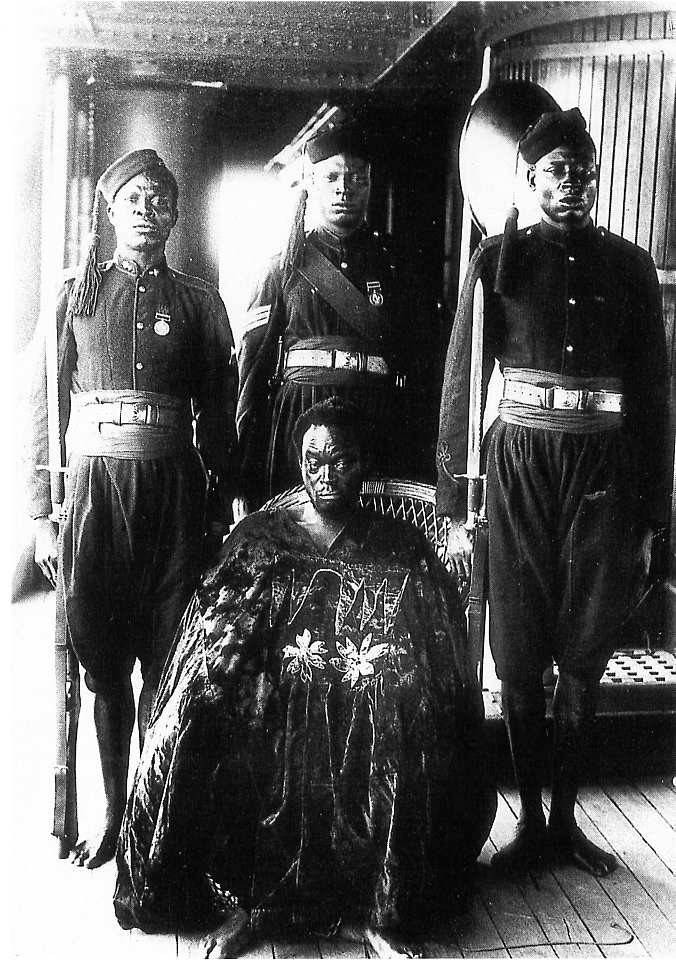

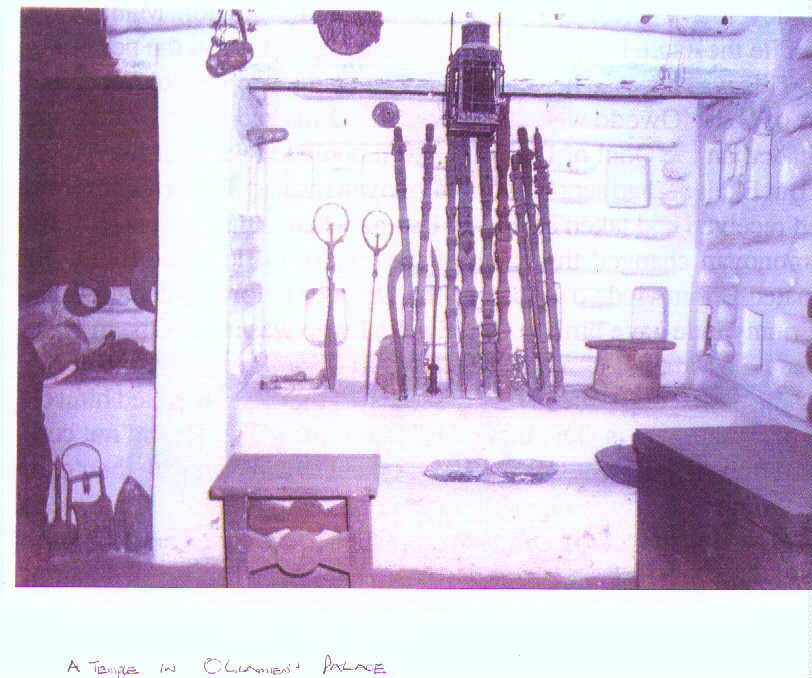
© 2024 Segun Toyin Dawodu | All rights reserved
